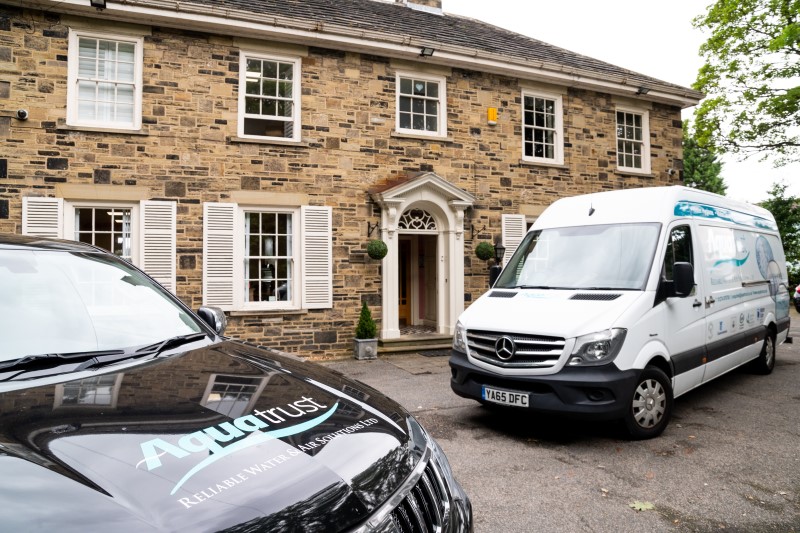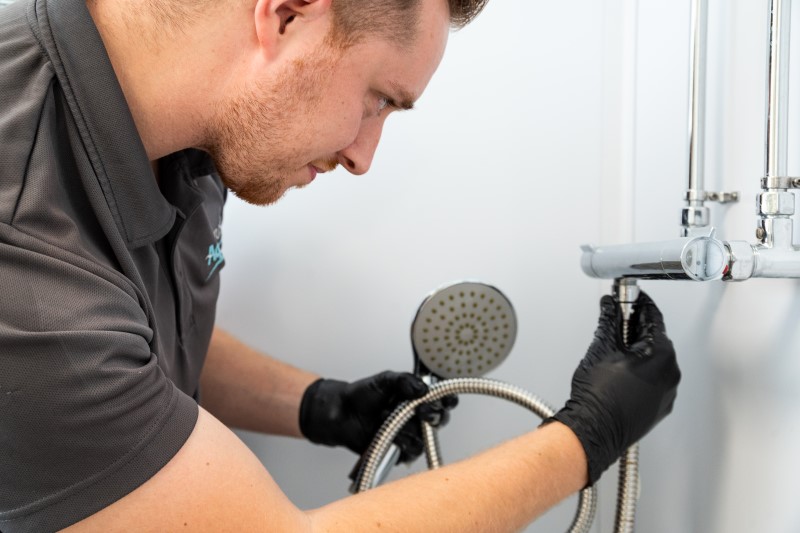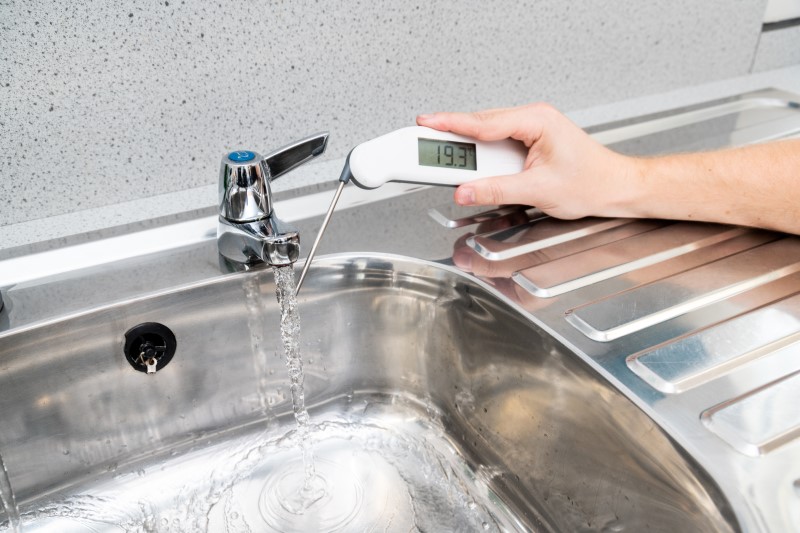
Protect your residents, staff, visitors and reputation by ensuring you’re clued up about controlling Legionella in nursing and residential care homes.
As spaces that house some of the most vulnerable people in our society, including the elderly and the unwell, it’s essential that nursing and residential care homes are kept safe and hygienic.
A big part of that is Legionella control; while Legionella regulations should always be taken seriously, the care home industry is one in which the effects of Legionnaires’ disease could be most devastating. It’s important, then, that care homes should always be aware of the best practices to avoid legionella contaminated water.
Why are Legionella checks in care homes important?
All businesses have a responsibility for Legionella monitoring. Legionella is the bacterium that causes Legionnaire’s disease. It’s naturally found in water but can multiply and grow dangerously in water systems. Hot water systems are most vulnerable to infection, and as the disease is contracted by breathing in small droplets of water vapour, systems that create spray – such as showers – are particularly vulnerable.
Those over the age of 50 or with a compromised immune system are amongst the most at risk of catching Legionnaire’s disease, so regular checks in care homes are imperative so that residents are offered complete protection.

How often should there be Legionella testing in care homes?
Regular Legionella checks in care homes will help ensure the space is as safe as possible, so continuous testing and monitoring is important. Controlling Legionella in any workplace is also a legal requirement according to the Health & Safety at Work Act 1974, so staying compliant is essential.
Exactly how often you need to test comes down to your individual circumstances. Things like the scale of your organisation and the exact types of systems you’re operating will factor into how often you need to test. We can give you our recommendations and make sure you’re testing as regularly as you should be.

How do Legionella checks in care homes work?
Legionella control should be left to the experts, and that’s where we come in. It’s important that your checks are carried out by a competent team who are qualified to assess the bacterial risks in your water systems. When you work with our experts, you know your water compliance is left in safe hands.
The starting point of keeping care homes safe from Legionella is a risk assessment. This will give you reassurance on the areas where there’s no cause for concern and will flag potential issues.
If you’re looking for an example of how risk assessments for Legionella in care homes work, we would usually go through the following during our checks:
- A qualified plumbing engineer will look at how your water is stored and used.
- We will assess your water system, water quality and treatment processes.
- We can sample the water for the presence of Legionella bacteria.
- After our detailed survey, we will present your results to you in a formal document that includes recommended remedial works.
We hope this answered any questions you may have about controlling Legionella in nursing and residential care homes. If you have any queries, or you need us to help you keep on top of your water safety and compliance, get in touch – we’d be happy to help.

